Ever found yourself wondering what a ribbon microphone is and what they’re used for? We answer the most commonly asked questions.
Ribbon microphones seem to have a lot of myths surrounding them. Aside from the usual “what is a ribbon mic?”, they seem to be regarded as fragile microphones that can only to be handled by the most careful of audiophiles.
Thankfully, we’re here to show you what a ribbon mic is, what they’re used for, and how they can benefit you. We’ll also dispel some myths whilst showing you some of the best ribbon mics available today.
We’ve covered all types of microphones including pencil microphones and side-address microphones, so we’re going to nail the trifecta here with ribbon mics!
What is a ribbon microphone?
A ribbon microphone is a dynamic, predominantly side-address, bi-directional microphone. It uses a thin, electrically conductive piece of metal ribbon (usually aluminium) that is suspended within a strong magnetic field which then converts audio signals into sound waves.
In a nutshell, they use a very thin piece of metal ribbon and magnets to pick up sound – hence the name!
The ribbon produces a similar response and sensitivity to that of a condenser but adds a lot more warmth and low-end emphasis to the recording whilst rolling off the high-end frequencies.
Ribbon mics are often regarded as the warmest and most natural-sounding microphones. This means they don’t colour the sound, providing an accurate representation – essentially, the “sound of your ears”.
What type of polar pattern are ribbon mics?
Ribbon mics almost always have a figure-of-8 polar pattern and are bi-directional, side-address microphones. This means they can record sound from both the front and back whilst rejecting anything from the side or top of the microphone. Of course, there are exceptions, but this is the general rule of thumb.
For more info on polar patterns, read our everything you need to know about polar patterns article – it includes handy information if you want to understand the benefits and uses of each polar pattern.
What is a ribbon microphone used for? What can I record?
Ribbon microphones can be used to record almost anything, including guitars, drum overheads, brass, strings, and room ambience. Although they can record vocals (and sound great doing so), they must be used under partially-controlled circumstances to protect the ribbon.
You can use ribbon microphones to record:
- Room ambience
- Drum overheads
- Vocals
- Guitar cabinets
- Spoken word
- Brass
- Woodwind
- Strings
- Drum overheads – best when paired with another for stereo recording
- Foley effects
- Choirs – when used as an overhead
- Ambient sounds
- Acoustic piano
What are the key ribbon mic applications?
Ribbon mics can be applied to a lot of different sound sources – below, we’ll highlight the key applications and some techniques.
In summary – place the mic a little further away and use the “air test”. If you can feel the air from the sound, move the mic back a little bit or place it slightly off-axis.
Can I use ribbon mics to record vocals?
Yes. Ribbon microphones are widely regarded as some of the best vocal microphones, especially in the broadcasting world, owing to their incredible sensitivity and increased low-end frequency. These add weight and warmth that other mics simply can’t capture.
Broadcasters love them as their “boom” brings out the presence and thickness of vocal performance without adding any colour. What you hear is what you get.
The bi-directional design is perfect for podcasters. You only need one microphone as the figure-of-eight pattern can record the host and the guest whilst sitting in front of each other. The pattern rejects all the off-axis sounds – like the crowd for example.
However, there’s one downside. Due to the sensitivity of the ribbon, they’re often preferred by voiceover artists and singers with some experience in understanding how to be “aware” of the mic. You need to stand further back from the microphone when singing – especially at volume. Get too close and the wind from your voice will vibrate the ribbon and cause distortion. Shout too loud and you potentially risk damaging it altogether if the ribbon vibrates too much.
That’s not to say that they can’t handle loud SPL levels – because they can. You just need to record either slightly off-axis or a little further back when recording loud sound sources.
A great way to combat any plosives and to protect your mic is to use a pop shield. This will not only cut the plosives but also help protect the ribbon. Altering the axis slightly or using a pop shield won’t affect the quality of sound thanks to the sensitivity of ribbon mics, it will just reduce the load on the ribbon.
Ribbon mics with a figure-of-8 pattern are not recommended for live vocal applications on stage as the mic will pick up sounds behind the microphone – your sound engineer won’t like that!
Can I record electric and acoustic guitars with ribbon mics?
Yes. Ribbon mics are ideal for electric and acoustic guitars thanks to the ‘warm and dark’ sound they provide.
They tame the higher frequencies that can overshadow electric guitar recording, especially at higher volumes, and return the low-end weight that often is lost in the mix.
The dynamic construction also allows for fast transients and re-introduces the mid-range punch. This makes them exceptional microphones for high-gain electric guitar cabinets.
If you have a particular higher-pitched acoustic guitar, they can restore the low-end thickness.
Can I record drums with ribbon mics?
Yes. Ribbon mics are great for capturing drum overhead sounds, offering a depth and weight that drummers will appreciate. You can capture the feel and ambience of the room whilst retaining the clarity and detail when recording drums.
Ribbon mics remove a lot of the high-end shrill from cymbals when used as overhead mics, and thanks to the figure-of-8 pattern they’re awesome for stereo recording, mixing the detail of the kit and the sound of your room. If you’re close mic’ing, just make sure you place the mic off-axis to protect the ribbon.
Can I record brass with ribbon mics?
Yes. Ribbon microphones are less sensitive to high-end frequencies, so they bring out the low-end and warmer range within brass and woodwind instruments. They also do a great job of taking out the “honk” of trumpets, trombones, and other horns and can handle the volume thanks to a high SPL.
Can I record strings with ribbon mics?
Yes. Ribbon mics are beautifully suited to strings, adding a cinematic, spacious sound thanks to the bi-directional recording. They do a great job of retaining the detail of the strings, whilst adding the feel of a room. If you have a particularly small room, the figure-of-8 will still make use of the ambience, bringing weight to the sound which makes it ideal for soundtracks.
Are ribbon mics better?
If you prefer the low-end warmth and presence of your sound without any colouration, a ribbon mic might be better for you. Ribbon mics essentially replicate the natural sound.
Think of it this way: your instrument + sound of the room = what you hear.
The way you hear your instrument is affected by the sound of your room. Ribbon mics recreate that same sound. You hear it in the mix the same way your ear hears it. However, if you want a specific or unique quality of a microphone to come through, or a highly detailed flat response, you might prefer something else. In short, ribbon mics are better if you want a low-end presence and less high-end detail.
Are ribbon mics more sensitive to damage?
Yes and no. Ribbon mics are quite robust, and, unless you’re planning on launching a spaceshuttle in the room you’re recording, you’re unlikely to damage the ribbon through volume alone. However, some are sensitive to vibration at close quarters as the wind from your voice or loud sounds can vibrate the ribbon. Just use a pop filter or angle the mic subtly to reduce vibrations.
The ribbon can also be susceptible to dust if not looked after correctly, so it make sense to put the mic away after use. Fortunately, mics like the Shure KSM353/ED Ribbon Microphone use Roswellite instead of aluminium, meaning it can handle sound pressure levels at a closer range.
Do ribbon mics need phantom power?
Only active ribbon mics need phantom power, but almost all ribbon microphones are passive which means they don’t. Ribbon mics that are unbalanced or without transformers may become damaged if you leave phantom power on. To be safe, just turn it off in your audio interface before connecting a ribbon mic.
Breathe easy though, most ribbon mics, like the Shure KSM313/NE Dual Voice Ribbon Microphone are designed to ignore phantom power and will not become damaged if you forget to turn the phantom power off.
Shure say: “A ribbon microphone typically has a low impedance, transformer balanced output. Therefore, it can handle phantom power without a problem. No other precautions, besides proper wiring, are necessary. However, if you encounter a ribbon microphone where the output is unbalanced or does not employ a transformer, beware! In this case, contact the microphone’s manufacturer for advice.” Unless you made the mic yourself or it’s damaged already, you’re ok. If you forget to turn the phantom power off, just switch it off and wait for 60 seconds before you unplug the mic and plug it back in again.
Do ribbon mics need a preamp?
Yes. Ribbon mics are almost always passive, therefore they have a low output compared to condenser mics. They’re at least 65dB of gain, which you can get from a high-gain, low-noise preamp. You need a preamp that has an impedance at least 5 – 10x the ribbon microphone impedance. Your interface will often have a preamp built-in, but if you need an extra push, the Cloudlifter is a great option to add on top.
Active vs passive ribbon mics – what’s the difference?
This is an entire article waiting to happen, but, overall, passive ribbon mics require a preamp and active ribbon mics do not.
Passive ribbon mics use a high impedance preamp. If they didn’t, you wouldn’t be able to hear them at low volumes, whereas an active ribbon mic uses phantom power, so you can use them at all volumes.
What are the benefits of ribbon microphones?
There are 5 key advantages of a ribbon mic:
- It’s the most natural-sounding mic
- Adds ambience to your sound through bi-directional recording
- Natural high-frequency roll-off cuts the harsh tones
- Retains low-end weight and accuracy
- Highly dynamic, high fidelity sound
What are some of the best ribbon microphones?
Often ribbon mics are known as the most expensive type of mic. Fortunately, this is not completely true – of course, some ribbon mics can run into the thousands, but, as always, you get what you pay for. To help make the choice easier, we’ve rounded up five of what we think are the best ribbon microphones available today, starting from absolute professional, industry-standard options to the more beginner-friendly options.
We’ve collected options from Shure, Royer, sE Electronics, and more, spanning a wide range of budgets.
1. Shure KSM353/ED Ribbon Microphone
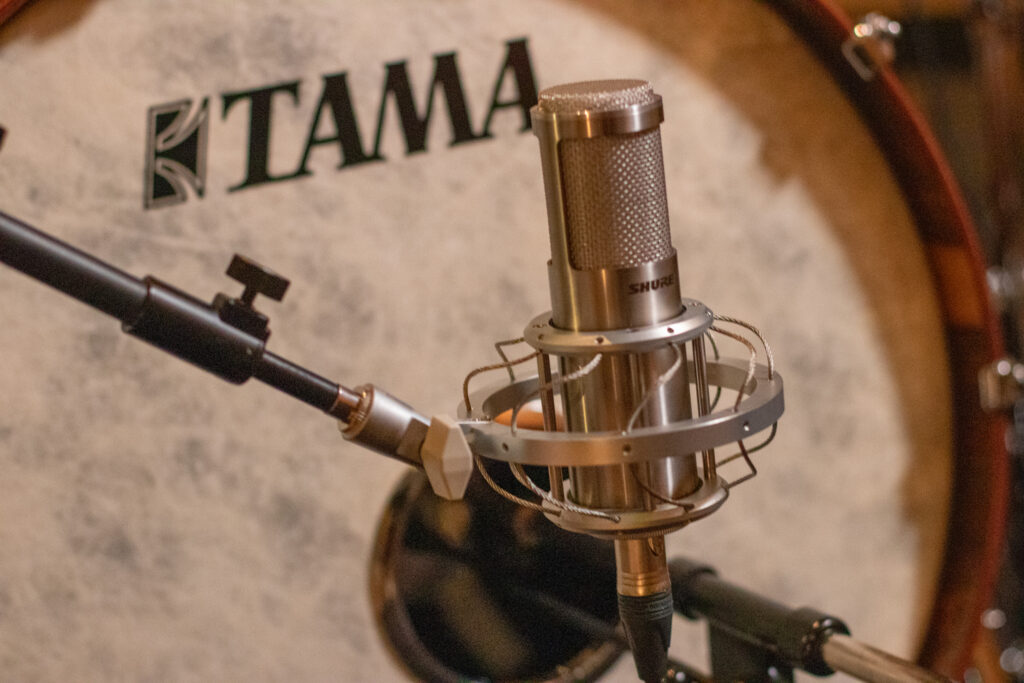 We’ll start with one of the best ribbon microphones on the market today, the Shure KSM353/ED Ribbon Microphone.
We’ll start with one of the best ribbon microphones on the market today, the Shure KSM353/ED Ribbon Microphone.
At over £2,000, it’s certainly going to price out some buyers, but if you’re serious about getting the absolute best sound humanly possible from a ribbon mic, then this is totally worth it.
We mentioned that ribbon microphones can be a little sensitive to air and plosives. Well, you won’t have any problems with this as the Roswellite ribbon element within the KSM353/ED is stronger than traditional elements and can withstand higher sound pressure levels even at a closer range.
The Roswellite ribbon element has a very robust, high tensile strength and shape memory which can withstand extreme sound pressure levels from drums, brass, and your shoutiest singers.
With 146 dB, you’re covered for all eventualities and you won’t warp the ribbon from years of use. This is ideal for professional-level studio owners as the all-metal construction partnered with the double-shielded transformer helps to reduce radio frequency and magnetic interference that can occur from computers and speakers.
Audiophiles will appreciate the tailored bass response that doesn’t affect the overall output – this means you get all the power and volume of the low end without a volume drop.
The 30Hz – 15,000Hz frequency response also provides all the mid-range punch and superior upper-range presence you need for the likes of guitars and spoken word.
Broadcasters and podcasters will appreciate the bi-directional polar pattern which delivers premium symmetrical audio as opposed to the reduced response or volume on the backside of some mics. You get the same sound on both sides, so interviews are captured well and the room ambience is incredibly smooth and accurate.
The fact that the Shure KSM353/ED is incredibly hard-wearing, more so than almost any ribbon mic today, makes it a great option for travelling producers who want their own signature sound.
Who is the Shure KSM353/ED Ribbon Microphone for?
- Studio Engineers
- Broadcasters
- Internet radio presenters
- Large studio owners
- Travelling studio owners
2. Royer R-121 Studio Ribbon Microphone, Matched Pair Overview 
The Royer R-121 Studio Ribbon Microphone is another industry-standard microphone used by the likes of top producers Al Schmitt, Steve Albini, and Bruce Sweiden.
Pictured here in a matched pair, the Royer R-121 Studio Ribbon Microphone works best in conjunction with another of its kind to create a fuller, thicker sound or capture acoustic guitar and vocals at the same time with the exact same sonic quality.
The figure-of-8 polar pattern effectively rejects side noise, making it perfect for broadcasting and vocal capture. Its high SPL of 135dB then ensures you’re ready to record the loudest of brass, wind, or electric guitar cabinets without distortion from the 2.5-micron aluminium ribbon.
The key benefit of this mic is the fact that it’s been designed to maintain a consistent 30 – 15000Hz frequency response regardless of distance, so you can get close if you need to or enjoy the same detail with the microphone backed off.
An absence of high-frequency phase distortion ensures you can capture loud vocals with inexperienced signers and enjoy the same sensitivity on both sides of the mic. Enjoy smooth highs, thick lows, and punchy mids with incredible off-axis rejection.
Who is the Royer R-121 Studio Ribbon Microphone, Matched Pair for?
- Large studio owners
- Choirs
- Orchestral recording artists
- Piano recording artists
- Drummers
3. Shure KSM313/NE Dual Voice Ribbon Microphone
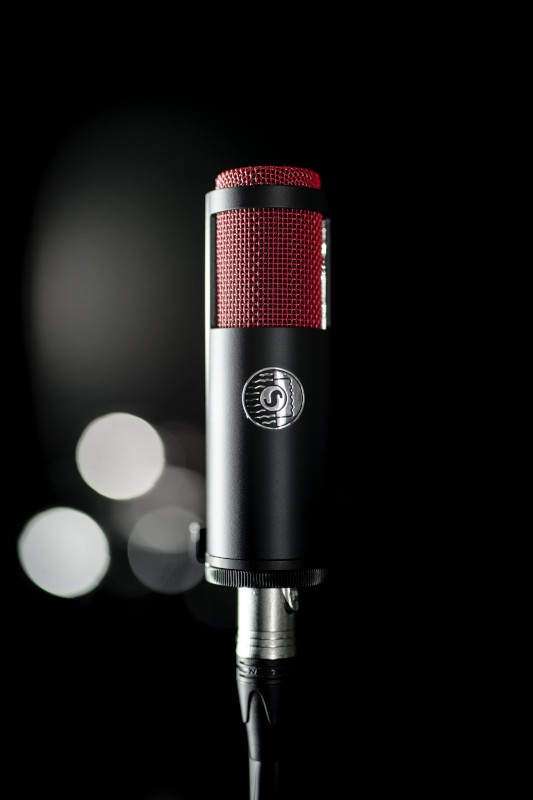 This is where ribbon mics get interesting. The Shure KSM313/NE Dual Voice Ribbon Microphone offers two distinct voices in the same microphone.
This is where ribbon mics get interesting. The Shure KSM313/NE Dual Voice Ribbon Microphone offers two distinct voices in the same microphone.
It features a dual-voice diaphragm that provides recording artists with two distinct sound signatures. The front side has all the warmth and darker complexity you need when recording spoken word vocals, guitar amplifiers, brass, woodwind, upright bass, and kick drums. The back is brighter and more flattering, making it ideal for vocals, string instruments, drum overheads, and percussion.
You can even record the same audio source on both sides, layering overdubs to capture a different sonic experience each time.
Again, Shure has created this mic with Roswellite that is completely immune to windblasts and phantom power. It’s also immune to something called ‘shape memory’ meaning it won’t get warped by extremely loud instruments like guitar cabinets or fast transients like snare drums.
Plus, it’s even built to withstand the noise of a jet engine thanks to the 146 dB max SPL! If you want two distinct ribbon microphone sounds for recording versatility, start with the Shure KSM313/NE Dual Voice Ribbon Microphone.
Who is the Shure KSM313/NE Dual Voice Ribbon Microphone for?
- Home studio owners
- Large studio owners
- Travelling producers
- Acoustic artists
- Voiceover artists
- Anyone recording extremely loud instruments/sound sources
4. sE Electronics VR1 Ribbon Mic
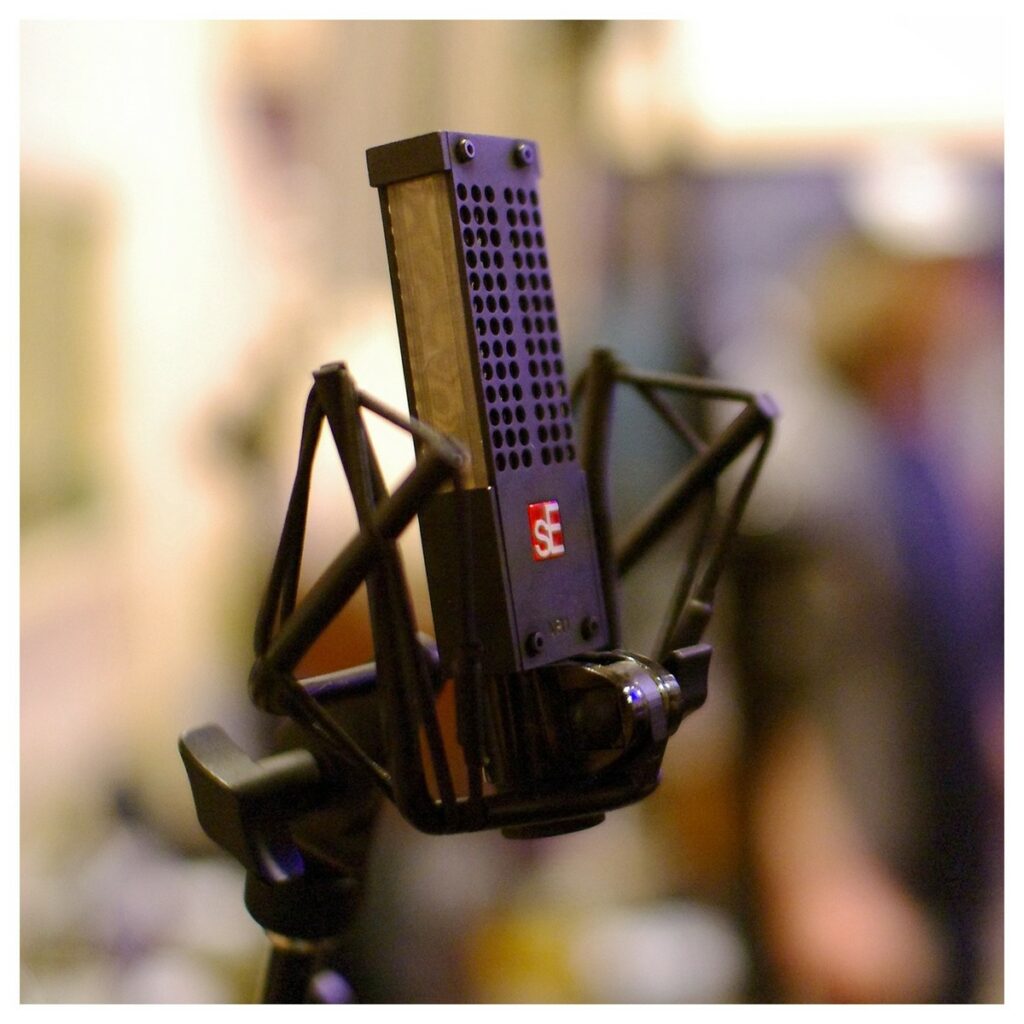 Next up, we have the sE Electronics VR1 Ribbon Mic which provides incredible ribbon microphone recording presence at a lower budget.
Next up, we have the sE Electronics VR1 Ribbon Mic which provides incredible ribbon microphone recording presence at a lower budget.
This makes our best ribbon microphones shortlist thanks to its Rupert Neve-designed circuit that offers detailed highs and powerful lows.
The key difference here between the others is that it captures a wider frequency response of 20Hz-18KHz, making it a great all-rounder for acoustic instruments when you need exceptional detail in the higher-end spectrum.
What you gain in detail, you do lose in SPL owing to the 135dB max SPL – but good luck achieving that sound unless you have a jet engine in your studio.
With this microphone, you can capture lower-level sound sources in great detail, provided you have enough gain, which makes it ideal for those who want to record acoustic guitars, vocals, string instruments, or retain the bite and edge on high gain guitar cabinets without sacrificing low end.
It’s a great ribbon mic for those who want pro-level sound on an intermediate budget.
Who is the sE Electronics VR1 Ribbon Mic for?
- Home recording artists
- Voiceover artists
- Acoustic artists
- Piano players
- String recording artists
5. SubZero R1 Ribbon Microphone
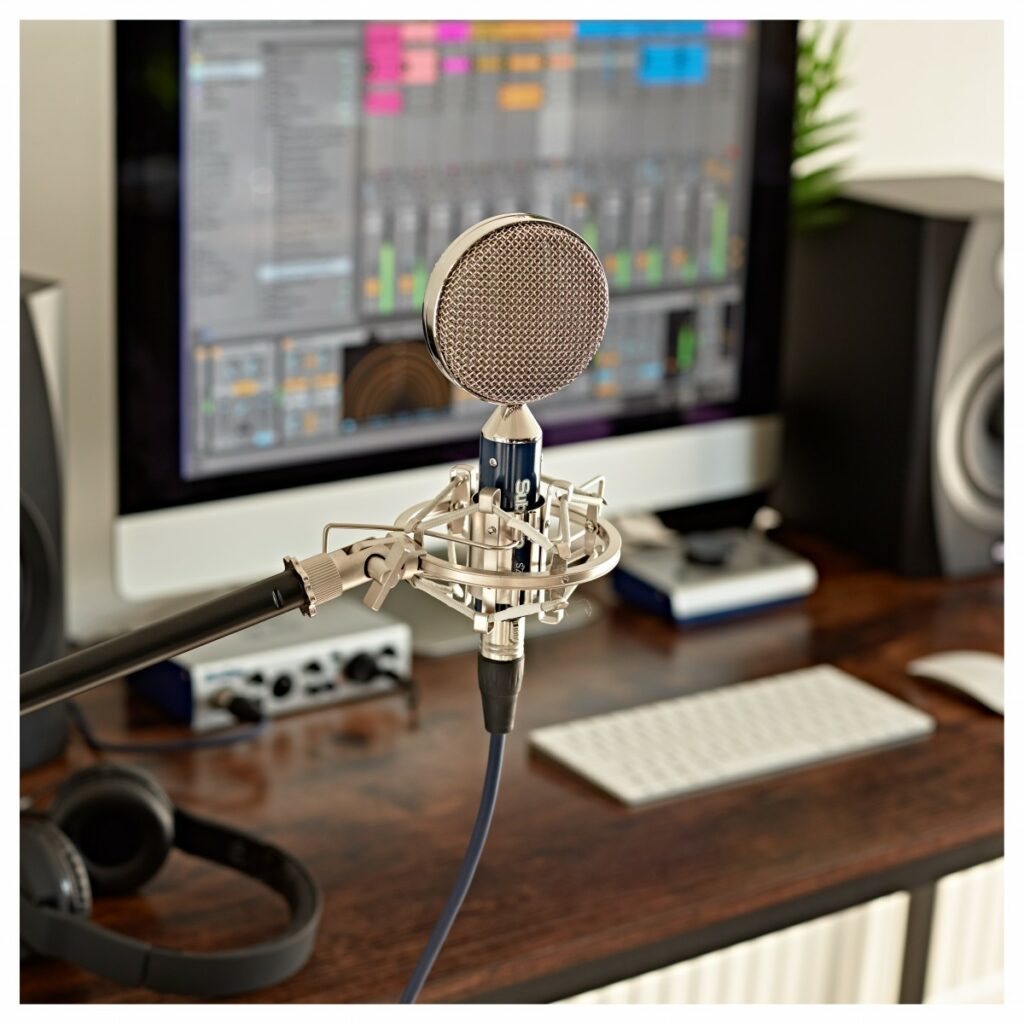 Last but not least, we have the SubZero R1 Ribbon Microphone which offers lush ribbon mic detail at a beginner price range.
Last but not least, we have the SubZero R1 Ribbon Microphone which offers lush ribbon mic detail at a beginner price range.
With a frequency response of 30 Hz – 18kHz, you’re going to enjoy a smooth top-end tonal quality and the low-end power you want from a ribbon microphone.
The 99% pure aluminium, 2.5-micron ribbon gives you a vintage tone with a mellow sound quality that makes it perfect for acoustic guitar, but can also be used as a drum overhead where you want to capture the punch and power of a cocktail drum kit without losing the bottom end.
Additionally, the impressive 148dB max SPL ensures you’re not going to run into any volume problems, whilst the built-in pop filter and shock mount protect the ribbon, making it ideal for home studio enthusiasts who might have to pack down every day.
Finally, the included shock mount is perfect for positioning the mic accurately when recording and reduces any mechanical noise.
This is ribbon mic quality recording at a fraction of the cost – ideal for those just starting out in recording or experimenting with ribbon mics.
Who is the SubZero R1 Ribbon Microphone for?
- Beginner recording artists
- Home studio recording artists
- Schools
- Theatres
- Internet radio
- Broadcasters
That wraps up our complete guide to ribbon microphones. Post a comment below and let us know if you think we’ve missed any of the best ribbon microphones, if you have any tips on recording with ribbon microphones or if you have any questions on the key benefits and uses of ribbon mics.

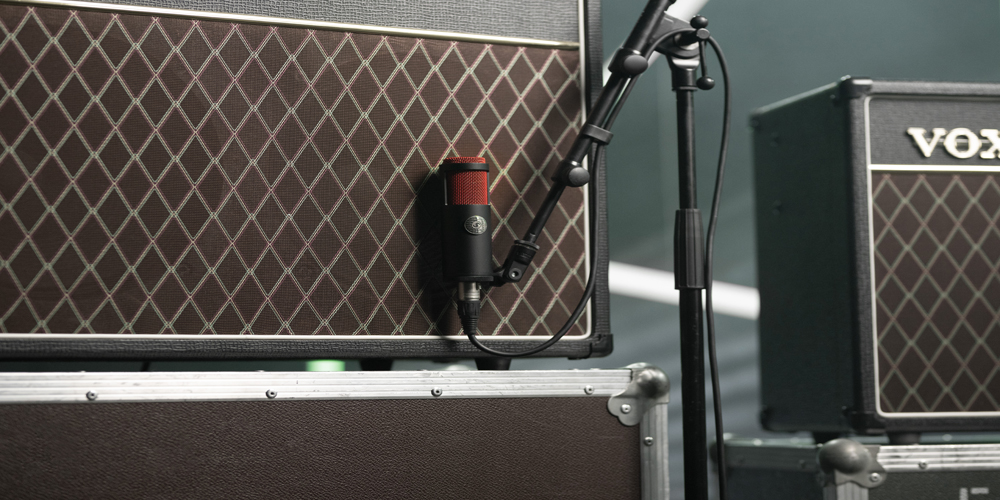











0 Comments